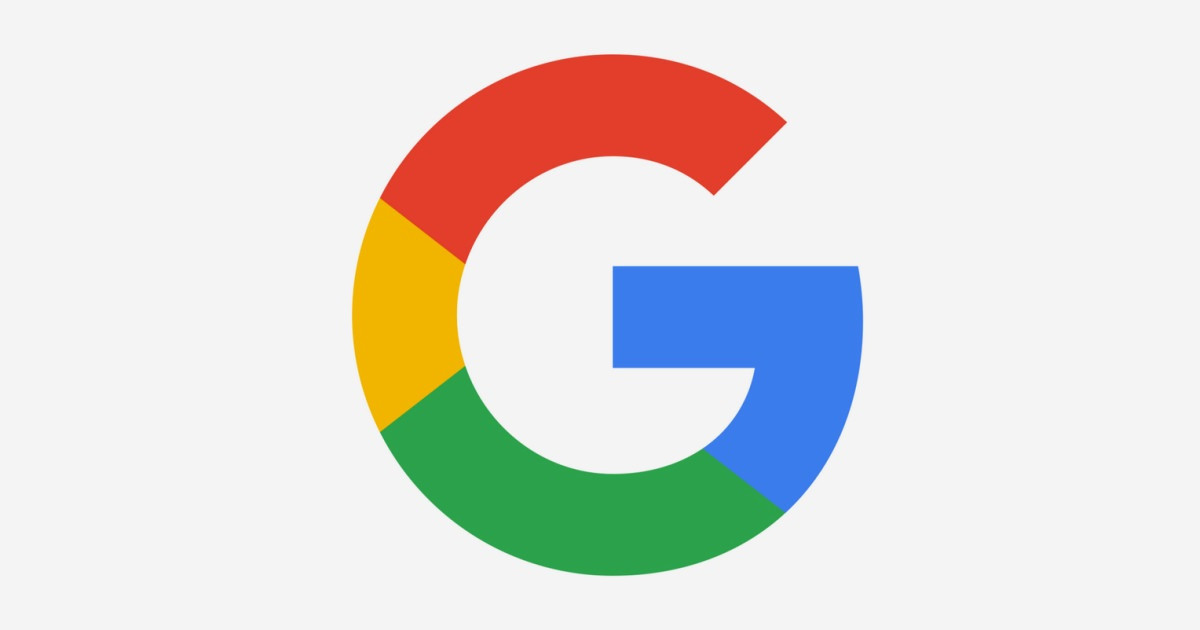Google Algorithm Update: Page Experience
Posted on July 01, 2020 nerdymind
If the words “algorithm update” in the title scares you, take a few breaths — you have some time to prepare for this one.
We’ve all been traumatized by unpredictable Google updates in the past, but the Page Experience update is supposedly not rolling out until 2021. While the update is postponed until next year due to the novel coronavirus, Google is still informing us about what it will entail in order to adjust your website accordingly.
In Google’s words, here is how they explain page experience:
The page experience signal measures aspects of how users perceive the experience of interacting with a web page. Optimizing for these factors makes the web more delightful for users across all web browsers and surfaces, and helps sites evolve towards user expectations on mobile. We believe this will contribute to business success on the web as users grow more engaged and can transact with less friction.
It’s a win-win because we’re putting the user first ultimately. Google wants sites to have better user experience; you want your site to rank within Google, and you ultimately want users to convert as they hit your site from Google — thus a good user experience will be needed for that conversion. We need to avoid experiences that frustrate the user, not only because these user-friendly sites will start ranking higher, but it should improve your site’s conversion rate overall.
If you don’t already understand the importance of this update, then here is another reason: you now have a better opportunity to compete against big brands. Before, these big brands dominated SERPs simply by brand recognition and awareness. Your business had to slowly wait for your brand to build to improve your SEO traffic, while also playing along with the SEO tricks of backlinks, keywords, and meta descriptions. At the end of the day, it might feel impossible for your startup shoe brand to ever compete with Nike, Adidas, or Vans. With Google’s new algorithm, however, the mission is to show sites that users love to visit the most!
So what are these factors we need to optimize for:
- Conduct an in-depth review of each page. Follow through the user experience yourself, then have a friend go through it, then a stranger, a family member, your significant other… you get the point. Be sure to take notes on where there are hang-ups or frustrations. Heatmapping tools are another excellent way to review the user experience of individual pages. My favorite tools to use are HotJar and CrazyEgg
- Remove 404 errors
- Optimize your page speed on both desktop and mobile. Google has a simple tool to monitor this.
- Compare your site’s user experience to your competitors. This is who you’re going to be competing with in the SERPs, so take notes on who has better on-page experience. Neil Patel has a great tool to review the top pages of your competitors’ domains.
- Analyze the overall design of your site. Another reason to implement heatmapping is to watch how people navigate your site and where they get stuck or lost.
- Are there any annoying pop-ups?
- Is it easy to navigate to different pages, as well as go back to the page visitors navigated from?
The update might seem overwhelming, but start simple. In essence, Google is putting more emphasis on users, instead of just the website. At the end of the day, ranking high on Google isn’t enough if that traffic isn’t converting once they get to our site. With this update, as the user experience improves, the conversion rate should improve — which means our happiness will improve as well!

